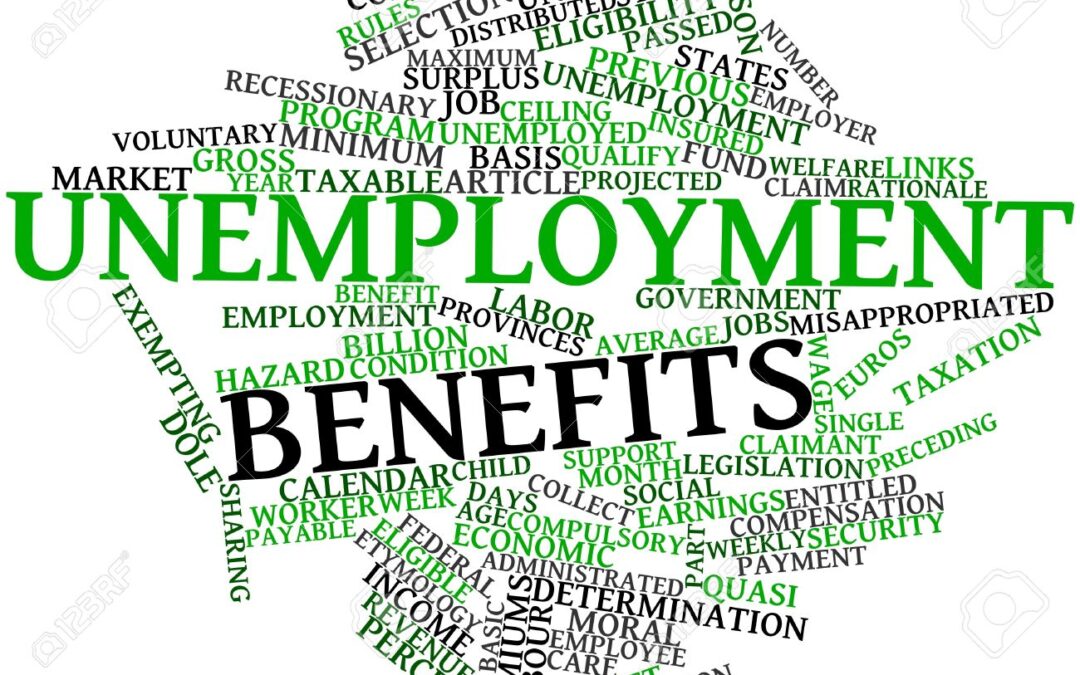On Thursday, March 11, President Biden signed into law the American Rescue Plan, a bold piece of legislation that is set to create 7 million jobs and ensure our nation’s road to recovery both physically and economically. Within the package, additional unemployment benefits have been made available to workers who have lost their jobs. What does this mean for you and your employees? Let’s take a look…
What Unemployment Provisions Does the American Rescue Plan Provide?
The federal Coronavirus Aid, Relief, and Economic Security Act (CARES) stimulus bill was signed into law on March 27, 2020. It extended unemployment benefits for workers who were impacted by the pandemic through December 31, 2020. These benefits have been continued in 2021.
The American Rescue Plan extends unemployment benefits through September 6, 2021, and includes $300 a week in extra compensation. The first $10,200 in benefits collected for individuals in 2020 will be tax-free for households with annual incomes less than $150,000. If both individuals in a married couple filing jointly received unemployment insurance benefits in 2020, each will see taxes waived on the first $10,200 of that income — for a total of $20,400 — as long as their combined adjusted gross income is less than $150,000, according to the latest version of the bill.
Who Is Eligible for Extended Unemployment Benefits?
Ordinarily, workers in most states are eligible for 26 weeks of unemployment benefits, although some states provide less coverage. In times of high unemployment, the federal government provides funds to the states to extend unemployment insurance programs for additional weeks of benefits beyond what each state offers.
In addition to employees who have traditionally been eligible to collect unemployment insurance compensation, the CARES Act extends benefits to workers who have not qualified for unemployment benefits in the past, including independent contractors, self-employed and gig workers, and the long-term unemployed who have exhausted their benefits.
How Many Weeks of Unemployment Benefits Can Workers Receive?
Unemployed workers can receive up to a maximum of 79 – 86 weeks of unemployment compensation, depending on location, the unemployment rate in your state, extended unemployment benefits, and eligibility. Those benefits include a combination of unemployment insurance programs including additional weeks of benefits, extended benefits, and a supplemental weekly payment.
Expanded Unemployment Benefit Programs
These programs provide for unemployed workers who are receiving unemployment:
- Pandemic Unemployment Compensation (PUC)—Additional $300 per week
- Pandemic Emergency Unemployment Compensation (PEUC)—Allows individuals receiving benefits to continue as long as the individual has not reached the maximum number of weeks. It also increases the number of weeks of benefits an individual may claim through the PEUC.
- Extended Unemployment Benefits (EB)—Additional 13 additional weeks of benefits when a state is experiencing high unemployment. Some states have also enacted a voluntary program to pay up to 7 additional weeks (20 weeks maximum) of Extended Benefits during periods of extremely high unemployment.
Unemployment Extended Benefits (EB)
Your state and the federal government may provide additional benefits to people who have exhausted unemployment benefits. There are additional weeks of federally funded Extended Benefits (EB) in states with high unemployment rates. Unemployed workers are eligible for up to 13 or 20 weeks of additional unemployment benefits, depending on state laws, and the unemployment rate. Eligibility requirements vary by state, so be sure to check the FAQ section of your state unemployment websites for details.
How do Workers Collect Extended Unemployment Benefits?
How workers collect extended benefits will vary, based on your state. In some states, workers will not need to do anything. – they will automatically be paid for the additional weeks. In others, workers may need to apply. Check with your state unemployment office for details.
For workers who are currently collecting unemployment benefits, they are provided through the state unemployment offices and information on eligibility will be posted online. If workers are eligible, they will be advised on how to collect when their regular unemployment benefits end. For workers who have exhausted unemployment benefits, additional relief may be available! Check with your state unemployment website for more details.
You may have many questions about how the unemployment provisions in the new stimulus bill will impact you and your employees. We would love to answer these questions, however, because we are in the midst of tax season, we ask for your patience as we endeavor to answer them. Hold tight! We promise to return your emails and phone calls as quickly as we can!

